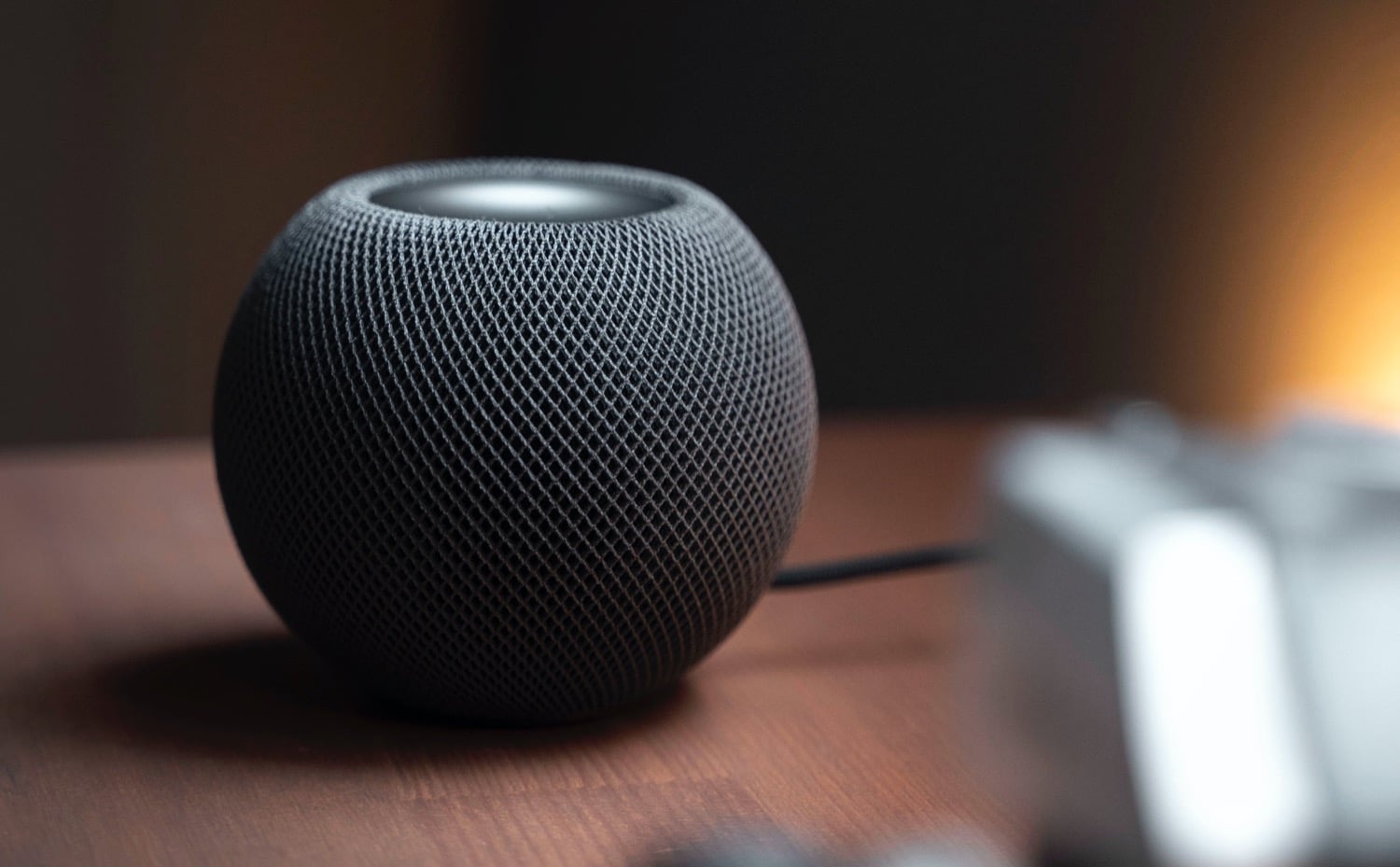Renowned analyst Ming-Chi Kuo has revealed that the tech giant’s highly anticipated HomePod with an integrated display is now slated for release in the third quarter of 2025. This latest timeline adjustment, pushing the launch beyond WWDC 2025, represents another delay in Apple’s ambitious plans to revolutionize its smart speaker lineup.
The forthcoming device, which has been the subject of speculation since 2021, is shaping up to be a considerable technological leap forward from current HomePod models. According to Kuo’s analysis, the new smart speaker will be powered by Apple’s cutting-edge A18 processor and feature a generous 6-7 inch display. Perhaps most intriguingly, the device will incorporate Apple Intelligence, suggesting advanced interactive capabilities that could transform how users engage with their smart home ecosystems.
While hardware development appears to be progressing smoothly, the delay stems primarily from challenges in software development. This careful approach to software optimization aligns with Apple’s historical commitment to releasing fully polished products, even if it means extending development timelines. The complexity of integrating display functionality with smart home features likely requires extensive testing and refinement to meet Apple’s exacting standards.
The supply chain details revealed by Kuo provide interesting insights into Apple’s manufacturing strategy. Tianma Microelectronics has secured an exclusive agreement to supply the display panels, while BYD Electronics will handle final assembly. These partnerships suggest Apple is maintaining its typical approach of working with specialized manufacturers to ensure component quality and production efficiency.
Initial production estimates appear conservative, with Kuo forecasting approximately 500,000 units to be shipped in the second half of 2025. This measured approach might indicate Apple’s intent to gauge market response before ramping up production, or it could reflect the complexity of manufacturing this new device category.
The project’s scope extends beyond just a display-equipped speaker. Bloomberg’s Mark Gurman has previously reported that Apple is exploring multiple variants, including models with iPad-like displays and an innovative version featuring a display mounted on a robotic arm. These different form factors suggest Apple is experimenting with various ways to integrate visual interfaces into the smart home experience.
Perhaps most intriguing is the revelation about Apple’s broader smart home ecosystem plans. Kuo maintains his earlier prediction about a compatible smart home IP camera launching in 2026, designed to work wirelessly with the new HomePod. This planning indicates Apple’s intention to create a comprehensive, interconnected smart home platform rather than just individual products.
The timing of this development coincides with Apple’s reported work on an all-in-one home management hub, featuring a distinctive square-shaped display with thick bezels and a hemispherical base reminiscent of the iconic iMac G4. This design choice suggests Apple is drawing inspiration from its rich design heritage while pushing forward with modern functionality.
This new HomePod represents more than just an evolution of Apple’s speaker line; it signals a strategic repositioning of the company’s smart home offerings. By emphasizing smart home functionality more than current models, Apple appears to be directly addressing the growing consumer demand for integrated home automation solutions.
The extended development timeline, while potentially disappointing for eager consumers, might actually benefit the final product. It gives Apple additional time to refine the user experience and ensure seamless integration with its existing ecosystem of devices and services. This patience could be crucial for delivering a product that truly advances the state of smart home technology rather than merely adding a screen to a speaker.
As the smart home market continues to mature, this new HomePod could represent Apple’s most significant effort yet to establish itself as a leader in home automation. The combination of display technology, advanced processing power, and enhanced smart home capabilities suggests a product that could fundamentally change how users interact with their connected homes.
















Add Comment